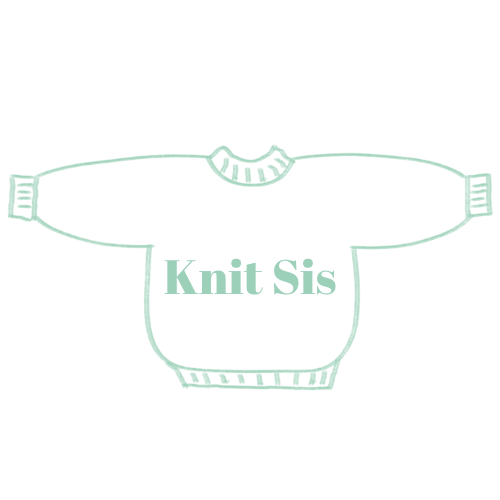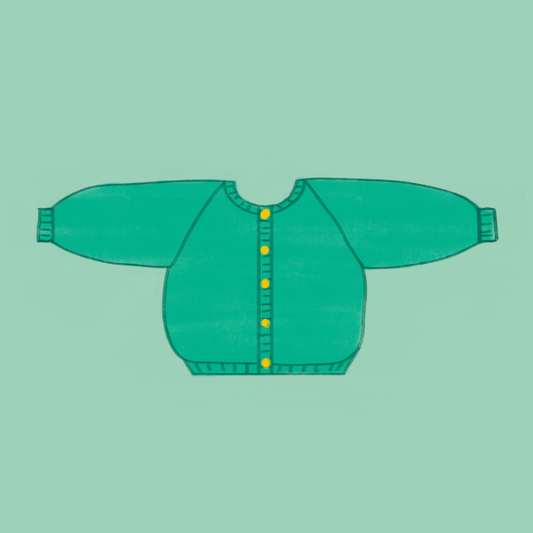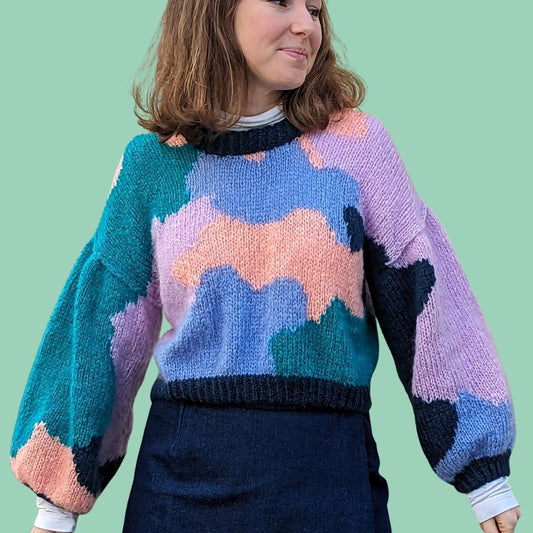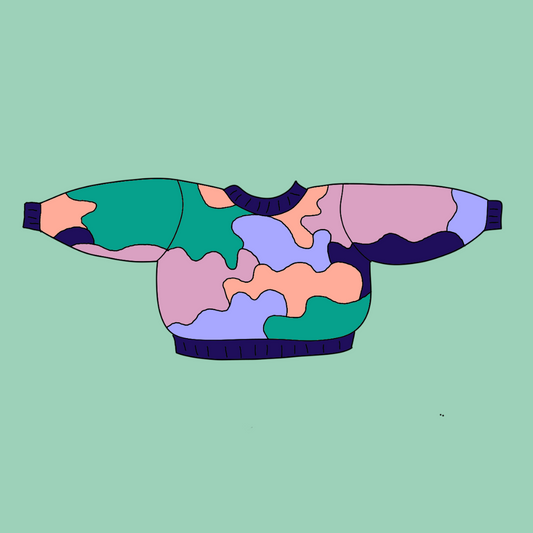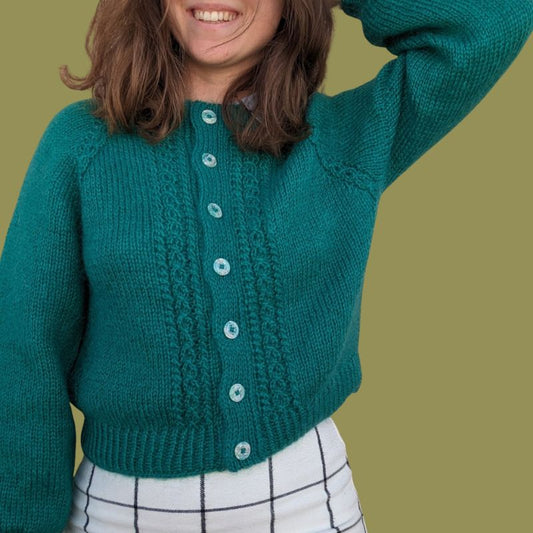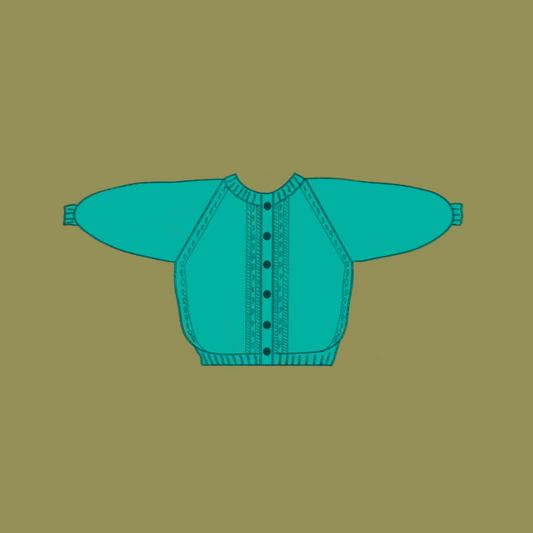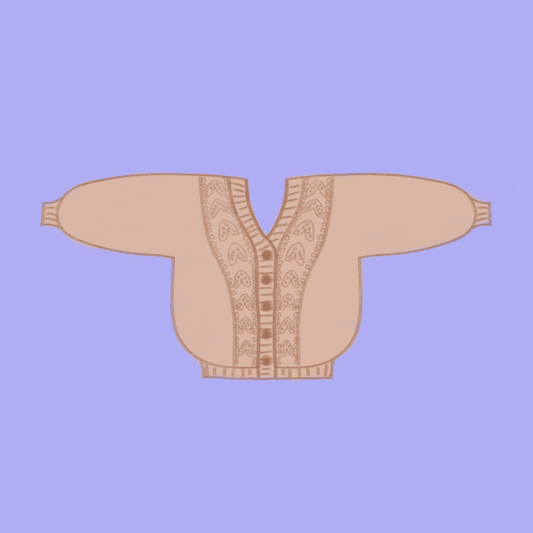Sewing and Assembly Techniques: The Complete Guide to Successful Knitting
Knit SisShare
Have you finished knitting your pieces but are dreading the assembly step? You are not alone! Often, the finishing of a knitting project is as important as the knitting itself. With the right sewing and assembly techniques, your creations will gain in quality and elegance. In this article, we guide you step by step to master these crucial steps and present you with knitting patterns specially designed to simplify this transition.
Why Sewing and Assembly Techniques are Crucial
1. Enhance your projects
Even the most beautiful knitwear can be ruined by sloppy stitching. With careful finishing, your creations will have a professional look.
2. Strengthen sustainability
Well-made seams ensure optimum strength, essential for clothing worn regularly.
3. Add a personal touch
Certain techniques, such as grafting or quilting, allow you to add a unique aesthetic to your pieces.
Essential Sewing and Assembly Techniques
1. Invisible mattress stitch seam
- When to use it? Perfect for joining pieces in stocking stitch.
- Advantages: The seam is almost invisible, ideal for modern and minimalist projects like the Splashie Sweater or the Aude Vest .
- How to do it?
- Place the pieces flat, edge to edge.
- Using a yarn needle, insert the yarn under the horizontal bars of the stitches on both sides.
- Pull gently to bring the edges together.
Knit-Sis Tip: Use a yarn of the same color for a subtle effect or play with a contrasting yarn for a bold look.
2. Crochet sewing
- When to use it? Ideal for thick or decorative borders.
- Pros: Easy and quick to do, adds a structured touch. Perfect for the Mondrian Sweater .
- How to do it?
- Place the two pieces together, right sides together.
- Using a crochet hook, make a slip stitch all along the edges.
3. Grafting stitching (Kitchener stitch)
- When to use it? Essential for joining two pieces of jersey invisibly, like the shoulders of the Pull Câlin .
- Advantages: No visible demarcation, ideal for high-end projects.
Assembly: Key Steps for a Perfect Result
1. Block your parts before assembly
Blocking your pieces before sewing helps to even out the dimensions and give a clean finish. This is especially useful for patterns like the Splashie Sweater or the Mondrian Sweater .
2. Respect the live edges
To avoid thick seams, be careful not to pull the thread too tight.
3. Test before fixing permanently
Test with pins to check fit before final sewing.
The Best Knit-Sis Patterns to Practice
- For beginners:
- The Coquelicot Top : No complex assembly, perfect for practicing sewing. (and it's a free pattern on our site hehe)
- For intermediaries:
- The Mondrian Sweater : A lightweight challenge with precise seams to assemble the side of the body
- For the advanced:
- The Splashie Sweater : Perfect for working seams after a complex intarsia project.
Frequently Asked Questions
How do I choose the best sewing technique for my project?
It all depends on the finish you want and the structure of the model. For example, an invisible seam is ideal for a discreet result, while a crochet seam is suitable for thick finishes.
Should I block my parts before or after assembly?
It is recommended to block the front pieces to ensure a perfect fit.
What is the easiest method for a beginner?
Mattress stitch sewing is simple and provides clean results quickly.
Conclusion: Take Action!
With these sewing and assembly techniques, your knitting projects will never have looked so beautiful and professional. Ready to put your new skills into practice?
👉 Download our free patterns like Le Coquelicot Top to get started smoothly.
Or try an intermediate project like The Festi Vest to perfect your finishing touches.
🎁 Special offer: Subscribe to our newsletter and receive 10% off your first Knit-Sis pattern!
Don't miss our complete selection of patterns :
Vest Collection | Sleeveless Sweaters | Jacquard and Intarsia Patterns
